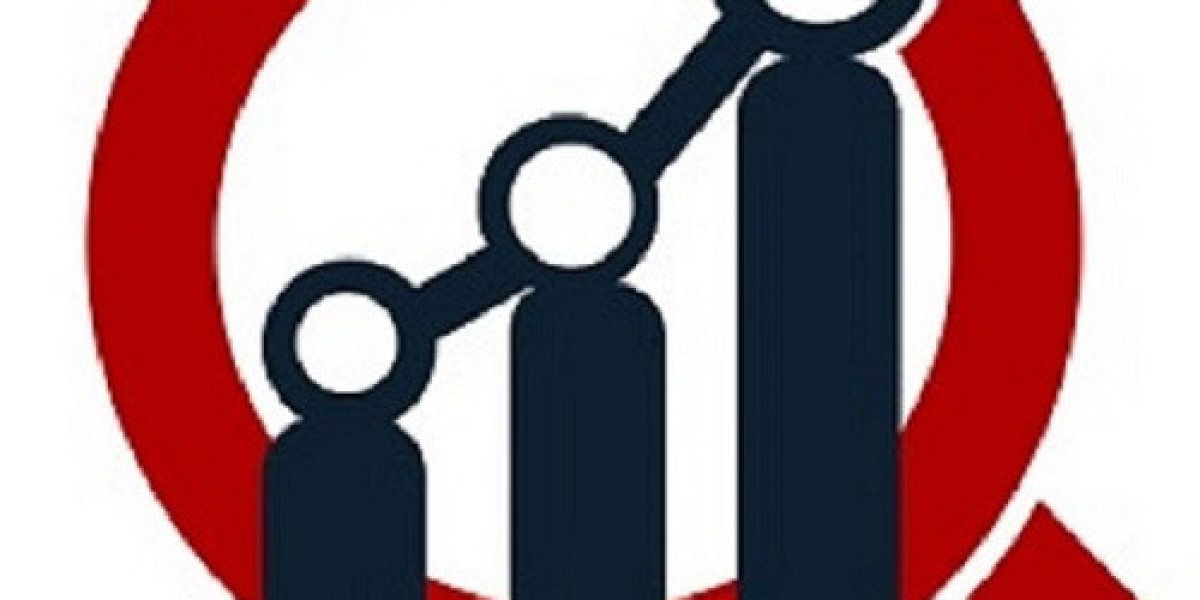Introduction
You've found the perfect embroidery design, but it's not in PES format for your Brother machine. Now you're stuck deciding between a PES File Converter that's free—but may not deliver perfect results—and paid options that could strain your budget. This dilemma plagues every embroiderer at some point.
The truth? Both free and paid PES File Converter tools have their place—it all depends on your project needs, skill level, and how often you convert files. In this guide, we'll break down the real differences between free and paid options so you can make the smartest choice for your specific situation.
What PES Converters Actually Do
Before comparing costs, let's clarify what these tools accomplish:
File Format Conversion: Transform between PES, DST, EXP, JEF, etc.
Stitch Optimization: Adjust density, underlay, and sequencing
Compatibility Fixes: Ensure files work on specific Brother machines
Basic Editing: Resize, rotate, or simplify designs
Free PES Converters: The Pros and Cons
Popular Free Options
Ink/Stitch (Inkscape extension)
SewArt Free Version
Wilcom TrueSizer (free viewer with conversion)
MyEditor Online Basic
Advantages of Free Tools
- No Cost: Perfect for hobbyists on a budget
- Quick Fixes: Handle simple conversions well
- Learning Platform: Good for understanding basics
- No Commitment: Try before buying paid software
Limitations You'll Encounter
- Basic Features Only: Missing advanced controls
- Quality Issues: Often need manual fixes
- Size Restrictions: May limit stitch counts
- No Support: You're on your own
Best For...
Occasional personal projects
Simple designs with few colors
Testing if a design is worth investing in
Beginners learning digitizing basics
Paid PES Converters: What You're Really Paying For
Leading Paid Options
Wilcom Hatch ($1,299)
Embrilliance (199−599)
Pulse Ambassador ($3,500+)
SewWhat-Pro ($249)
Worth-the-Price Benefits
- Superior Quality: Professional-grade results
- Advanced Controls: Precise stitch editing
- Batch Processing: Convert multiple files
- Fabric Presets: Optimized for material types
- Support Included: Expert help available
Potential Drawbacks
- Higher Cost: Significant investment
- Learning Curve: Takes time to master
- System Requirements: Needs capable computer
Best For...
Professional embroiderers
Frequent conversions
Complex or detailed designs
Branding and commercial work
Side-by-Side Comparison
| Feature | Free Converters | Paid Converters |
|---|---|---|
| Conversion Quality | Basic | Professional |
| File Types | Limited | Extensive |
| Stitch Editing | Minimal | Advanced |
| Support | None/Forums | Dedicated |
| Updates | Rare | Regular |
| Speed | Slower | Optimized |
| Trial Available | Always | Sometimes |
5 Key Decision Factors
1. Project Frequency
Few projects/year: Free may suffice
Weekly conversions: Paid saves time
2. Design Complexity
Simple text/logos: Free tools can handle
Detailed artwork: Worth investing in paid
3. Quality Requirements
Personal gifts: Free often acceptable
Commercial products: Need paid precision
4. Technical Skill
Beginners: Start with free options
Experienced users: Leverage paid features
5. Budget Reality
Hobbyists: Free or low-cost options
Businesses: Paid tools pay for themselves
Hidden Costs to Consider
Free Converter "Gotchas"
More test stitches (wasted materials)
Time spent fixing files manually
Limited output options
Paid Software Extras
Annual maintenance fees
Hardware upgrades needed
Training time investment
Hybrid Approach: Getting the Best of Both
Smart Strategies
Use free tools for initial testing
Invest in paid for final production
Outsource complex conversions
Combine with manual adjustments
When It Makes Sense
Testing new design concepts
Mixing simple and complex projects
Transitioning from hobby to business
Expert Recommendations
For Beginners
Start with:
Ink/Stitch + Inkscape
Wilcom TrueSizer
SewArt Free Version
For Small Businesses
Consider:
Embrilliance Essentials
SewWhat-Pro
Hatch Embroidery
For Commercial Operations
Invest in:
Wilcom Hatch
Pulse Ambassador
Tajima DG/ML
Future of PES Conversion
Emerging Trends
Cloud-based converters (pay-per-use)
AI-assisted optimization
Mobile conversion apps
Blockchain design verification
Making Your Decision
Quick Checklist
✅ How often do I convert files?
✅ What's my skill level?
✅ What design complexity do I need?
✅ Can I justify the investment?
Trial Approach
Try 2-3 free options
Test with your actual designs
Note limitations you encounter
Then evaluate paid solutions
Conclusion
The free vs paid PES converter debate doesn't have a universal answer—it depends entirely on your specific needs. Free tools serve occasional users well, while paid software becomes essential for professionals. Many embroiderers find a mixed approach works best, using free options for testing and paid tools for production work.
Remember that your time has value too. What starts as "saving money" with free tools can cost more in wasted materials and frustration when files don't stitch right. Be honest about your requirements, and don't be afraid to upgrade when your projects demand better quality.
Ready to choose? Start by converting the same design with both free and paid options—seeing the difference firsthand makes the decision much clearer.
Have experience with specific converters? Share your recommendations in the comments to help others decide!













